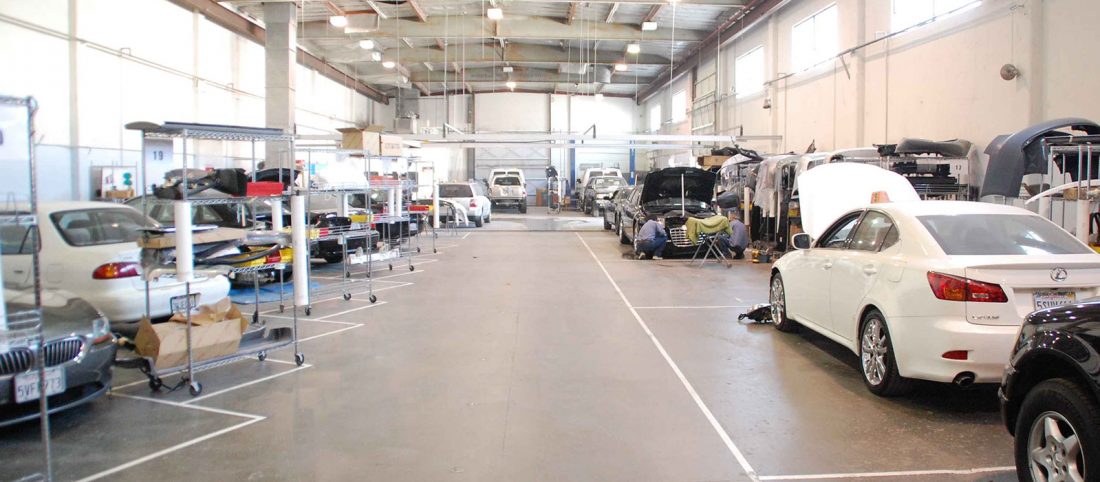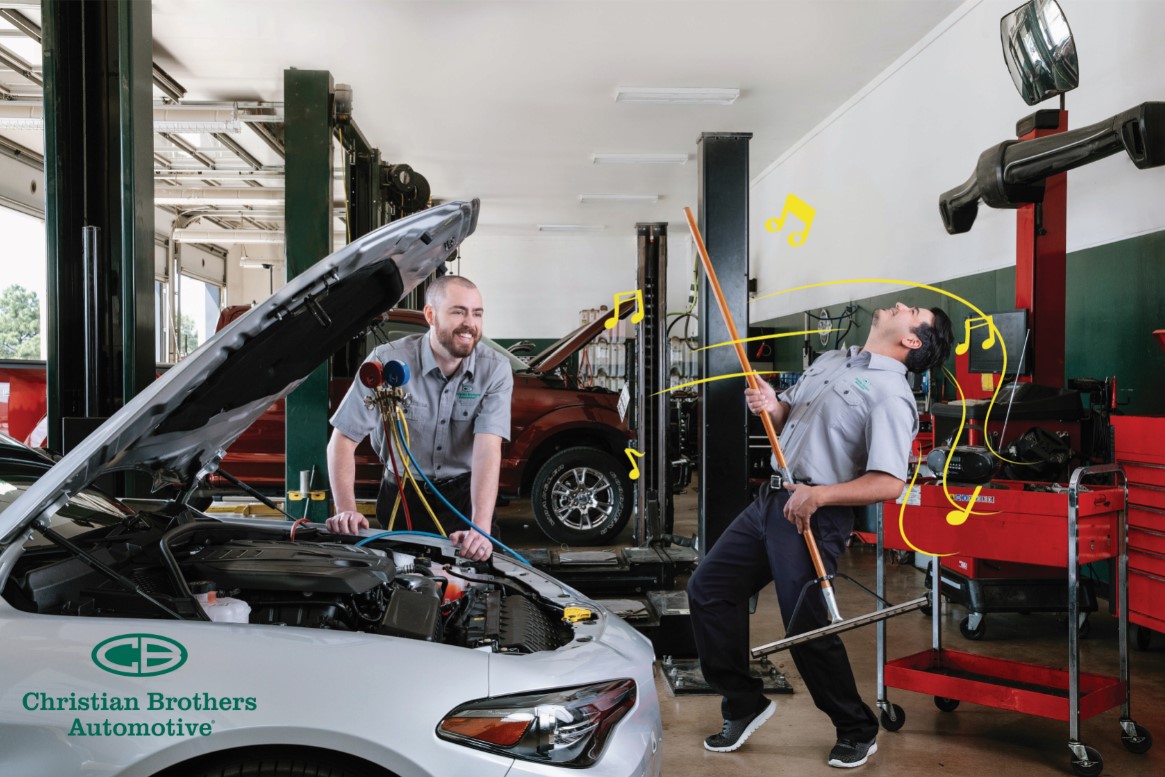All Categories
Featured
When it comes to lorry maintenance, tires are frequently among one of the most neglected elements, although they play an essential duty in the safety and effectiveness of your automobile. Tire turning and positioning are two crucial solutions that assist guarantee your tires wear evenly, last much longer, and remain to do at their ideal. Below's every little thing you need to find out about tire rotation and placement and why they matter for your automobile.
What Is Tire Rotation? Tire turning is the procedure of moving the tires from one placement to another to make certain even use across all four tires. The front and rear tires of a vehicle wear at different rates as a result of the weight distribution and the fact that the front tires deal with both steering and braking. By revolving the tires regularly, typically every 6,000 to 8,000 miles, you can balance out the wear and extend the life of your tires.
In a lot of automobiles, the tires will certainly be rotated from front to back, and in some cases, side-to-side, relying on the tire kind and your auto's specifications. This makes certain that each tire bears an equivalent quantity of stress and strain. Normal tire turnings likewise boost lorry handling and ride top quality, as well as add to far better gas effectiveness.
What Is Tire Positioning? Tire alignment describes readjusting the angles of your automobile's wheels to guarantee they are positioned properly according to the maker's specs. Correct placement makes certain that your tires are alongside each other and vertical to the ground, which aids improve the general handling, stability, and lifespan of your tires.
There are three key elements of alignment:
Camber: The tilt of the wheels when viewed from the front. If the wheels lean inward or outside, it can cause uneven tire wear. Caster: The angle of the steering axis when viewed from the side. Appropriate wheel placement makes sure steady guiding and far better car control. Toe: The angle at which the tires aim inward or exterior when viewed from above. Incorrect toe positioning can create tires to wear unevenly and influence dealing with. Misalignment can take place as a result of variables like striking splits, visuals, or driving over harsh terrain, and even routine driving with time can progressively cause misalignment. Obtaining a positioning check every 1-2 years or when you notice managing troubles is important for optimum tire performance.
Why Are Tire Turning and Placement Important? Maximized Tire Life:. Tire turning makes sure even put on across all four tires, protecting against premature tire replacement. Misaligned tires wear erratically, which can lead to the requirement for more constant tire substitutes. Both tire rotation and placement boost the life expectancy of your tires, saving you cash in the lengthy run.
Improved Security:. Correct alignment aids keep your automobile tracking right, enhancing stability and handling. Misaligned tires can result in drawing, which makes it more challenging to control your car, specifically at broadband or in emergency situation situations. Tire turning additionally ensures your vehicle's handling remains constant, improving your capacity to stop swiftly and keep control.
Better Fuel Performance:. When your tires are correctly straightened, they experience less rolling resistance, suggesting your engine doesn't need to work as hard to relocate the vehicle. This reduces fuel intake and enhances gas mileage. Imbalance can cause your tires to drag, resulting in poor gas performance.
Smoother Experience:. Misaligned or unevenly used tires can trigger vibrations in the steering wheel or lorry body, which can be uneasy while driving. Routine tire rotation and alignment can provide a smoother and quieter ride, decreasing unneeded sound and vibrations.
Indicators You Need Tire Turning or Placement. It is very important to be familiar with cautioning indications that your tires might need attention. Maintain an eye out for:
Unequal Tire Wear: If you discover that tire is more used than others, maybe an indicator that it's time for a turning or alignment. Steering Pulling away: If your lorry draws away, especially when you're driving directly, it might show misalignment. Vibrations or Uncommon Sounds: If your wheel shakes or you listen to a buzzing or whimpering sound, your alignment may be off. Screeching Tires: A shrill squeal can signal misalignment or that your tires are worn erratically. If you discover any one of these signs, it's a good idea to have your automobile examined immediately to stop more damage to your tires or suspension system.
How Typically Should You Rotate and Align Your Tires? Tire turning is commonly recommended every 6,000 to 8,000 miles or every 6 months, depending on your auto's manual and driving problems. It's also a good idea to revolve your tires during oil modifications to make sure they obtain the interest they require.
For positioning, many professionals recommend having your tires lined up yearly or if you see any taking care of issues. If you've just recently hit a pothole, curb, or another challenge, it's a great idea to have your placement checked quicker to avoid unequal tire wear.

Verdict: Preserve Your Tires for Long Life and Safety and security. Tire turning and alignment are simple yet vital facets of automobile maintenance that add to longer tire life, enhanced safety, and far better fuel performance. By following the advised service intervals for tire rotation and positioning, you can guarantee your tires remain in top problem, giving a smoother and more secure driving experience. Routine maintenance aids you avoid unanticipated tire wear, expensive repair services, and prospective mishaps, making it a sensible investment for your auto's total efficiency.
Latest Posts
Find the Perfect Bathroom Solution at Bath Fitter Metro Detroit
Reliable and Affordable Bath Remodeling in Metro Detroit
The Leading Advantages of Regular Automobile Exams
